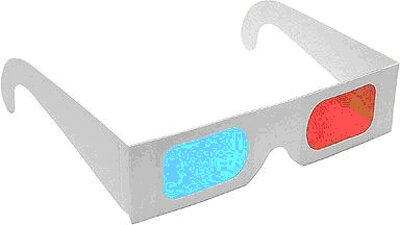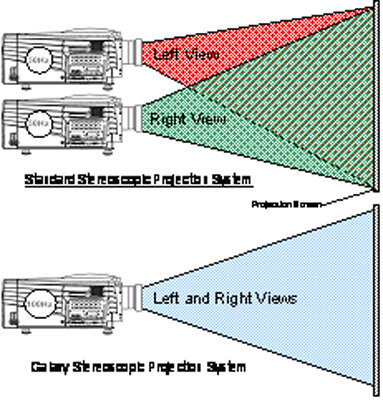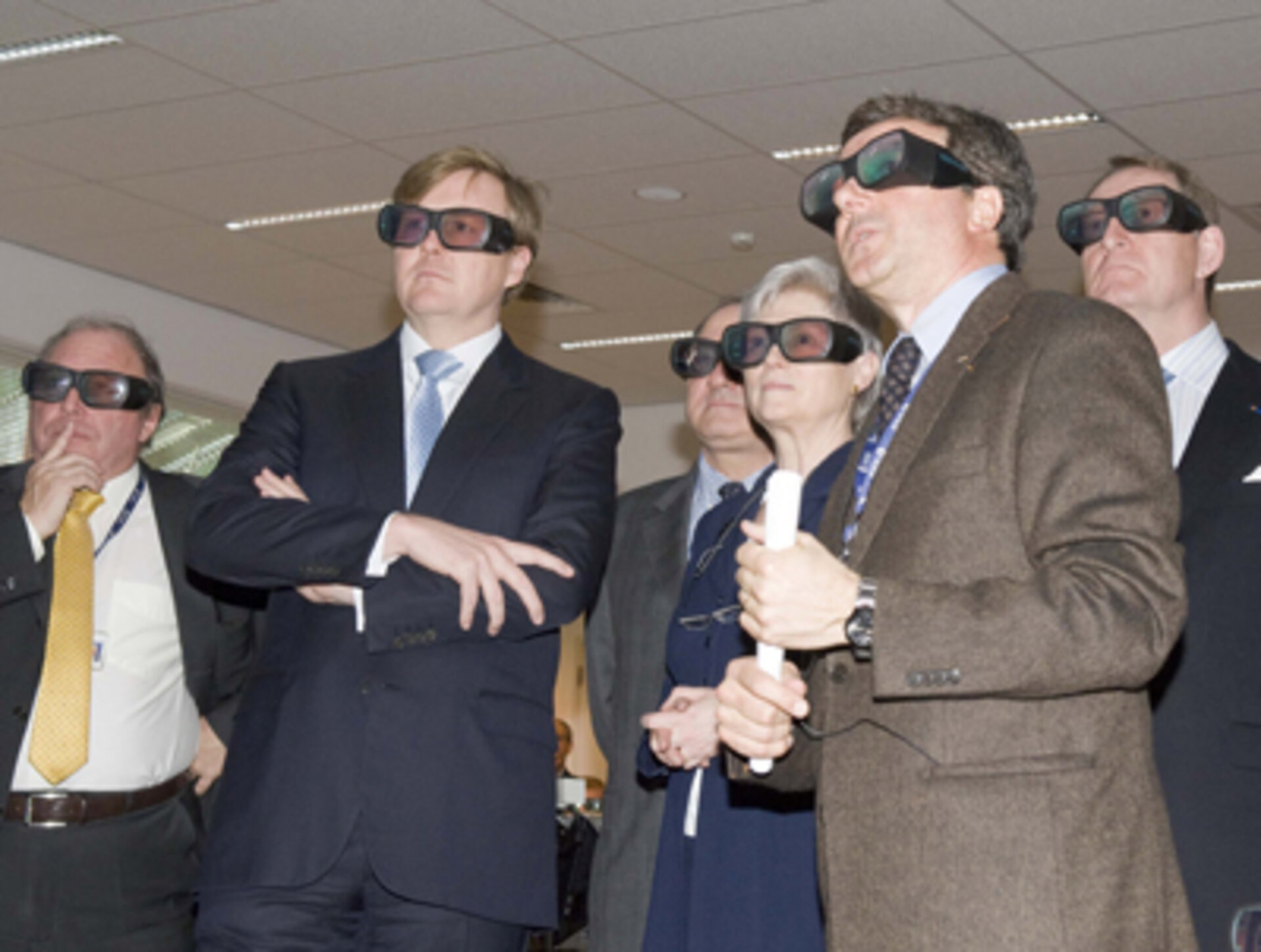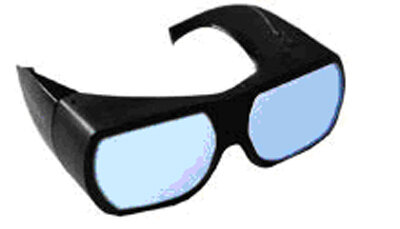The CDF goes 3D
Since the move to its new facility, the CDF has started to use a new state of the art equipment aiming to enhance the quality of the inter-disciplinary communication: Stereoscopic vision representation.
Embedded in the main room projection system, this stereoscopic effect allowing 3D content to be displayed is activated by the flip of a switch. The only other requirement is that the user(s) must wear special glasses to be able to appreciate the depth perception of objects which is not possible by the simple use of a 2D representation.
Stereoscopic representations are often used in the CDF to facilitate the discussion around topics involving spatial representation. This can be as diverse as portraying spacecraft attitudes and orbits, to showing satellite configurations and issues relating to accommodation and accessibility of equipment. Attention to the above details during the initial design stages minimises problems, particularly during the integration and testing phases of the build process.

Physically, stereoscopy works by presenting each eye with a slightly displaced view of the same object.
This simulates the natural effect of human eyes, which, not being co-located, see an object from slightly different perspectives as shown in the following picture. These images represent what will be seen by each eye. Note that not only the field of view is slightly different but also the perspective.

Practically, in order to simulate nature, a projection system should be able to project two images at the same time and each image should be filtered in a way that only one image is “readable” by each eye. This filtering is achieved with the use of stereoscopic glasses. 3D projection is usually done by using two projectors slightly offset and equipped with a pair of filters. The most common system is composed of projectors displaying 2 pictures side by side, each one with a different colour filtering (typically red and blue) on the same screen.

The equipment used by the CDF is composed of Barco Galaxy projectors equipped with Infitec filtering wheels. This type of projector is able to project images with a refresh rate of 110Hz allowing the projection of the left and right view with a single projector, without appreciably degrading the quality of the image and with minimal flicker.
The Infitec® filtering system is embedded into each Galaxy projector and actuated by a flywheel rotating at 100 times per seconds (or 6000 RPM). The filtering system is based on visible spectrum multiplexing; meaning that the visible spectrum is divided into dozens of bands, all odd ones will be visible by one lens of the stereo glasses while the evens by the second lens.





